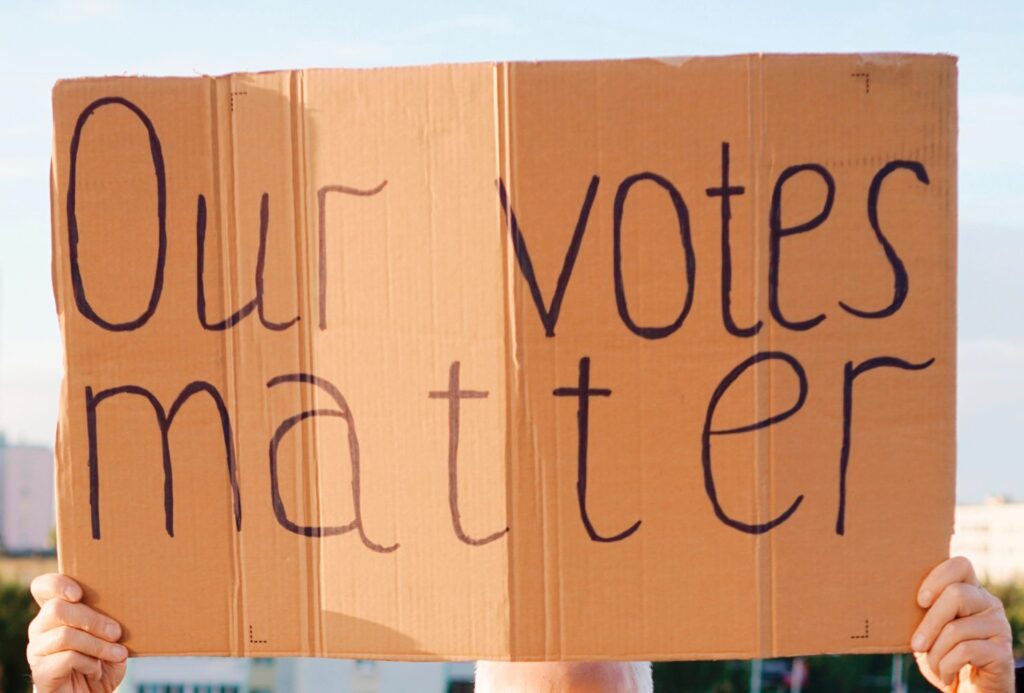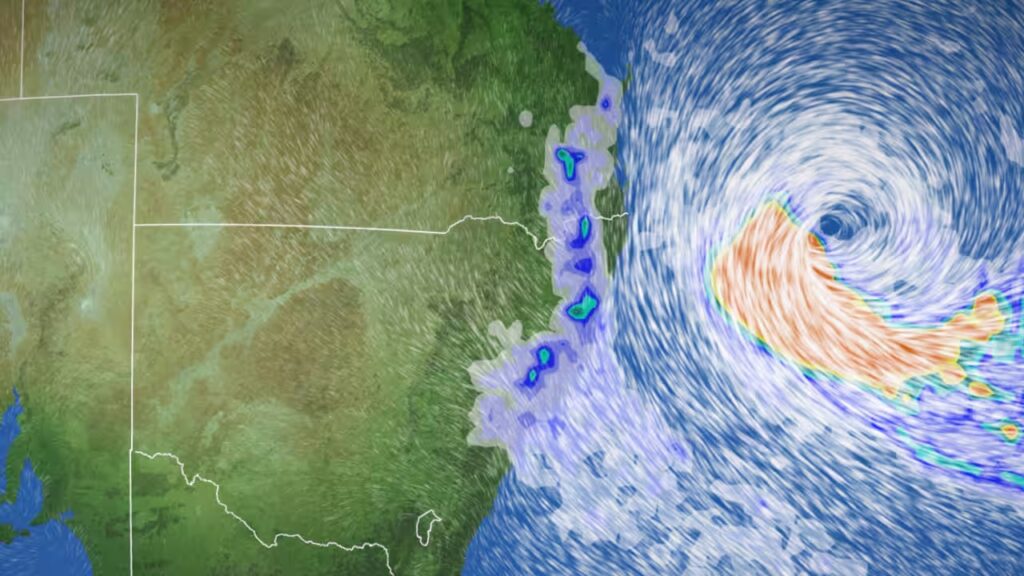Australians and communities around the world are already facing devastating unnatural disasters fuelled by climate change. The science is unequivocal: our future depends on achieving steep and genuine emissions reductions this decade.
One question that comes up time and time again – and which is a hot topic as the Australian Government works to redesign measures to drive down emissions from Australia’s biggest polluters – is the role of carbon ‘offsets’ in achieving emissions reduction targets.
Put simply, while there may be some limited instances where it is appropriate to use carbon offsets, they are no substitute for doing everything possible to reduce and eliminate emissions in the first place. Anything less is courting climate catastrophe.
Here’s a brief look at carbon offsets – what they are and what limited role they may play – as Australia works to drive down emissions and tackle harmful climate change.
What are offsets?
Carbon offsets are used by a company or organisation to compensate for what they are emitting and thereby decrease their net emissions. Offsetting involves purchasing carbon credits. Typically, one credit permits the emission of one tonne of ‘carbon dioxide equivalent’ (a combined measure of the warming potential of various greenhouse gases).

Why offsets aren’t the answer
To avoid the worst impacts of harmful climate change, developed countries like Australia need to reduce emissions by 75% by 2030. The first place to start when it comes to cutting emissions is ending reliance on fossil fuel use, as quickly as possible.
In most situations, we have the technology and alternatives we need – it’s only a matter of how that technology is rolled out, equipment replaced, practices adopted, and behaviours changed. This drastically reduces the need to rely on fossil fuels and corresponding offsets to meet net zero targets, and allows for genuine decarbonisation.
Currently too many major emitters are buying offsets so that they can continue to pollute as usual. Offsetting has become the first and only thing too many businesses are doing to reduce emissions on paper – which cannot replace genuine emissions reduction.
In reality, carbon offsets should only be used as a last resort, for the minor amount of emissions that cannot be avoided through decarbonised process and technology changes.
The Chubb Review and broader Safeguard Mechanism reform
Changes in the climate policy landscape have reignited the conversation on offsets, most recently the findings of the Chubb Review and the proposed redesign of the Safeguard Mechanism.
The Chubb Review into Australia’s carbon crediting system provided positive recommendations for improving the integrity and transparency of carbon credits. But it ignores the elephant in the room – offsets on paper do little to tackle the climate crisis which is already harming Australians through worsening extreme weather, floods and fires. The only lasting solution is genuine and deep cuts in emissions.
The Climate Council is calling for a strong cap on the use of offsets within a reformed Safeguard Mechanism, which covers the largest polluting facilities in Australia. Setting clear requirements for big polluters to genuinely cut their emissions each and every year will help our industries thrive in a net zero economy.
Reliance on offsets instead of genuine emissions cuts will allow Australia’s industries to cover up pollution as usual, rather than investing in decarbonisation.
If Australia is going to meet its legislated emissions reduction targets, the major polluters need to pull their weight. Climate policy settings, including the Safeguard Mechanism, need to ensure genuine emissions reductions and a tight limit on offsets. Offsetting is no substitute for reducing emissions.
What is the Climate Council calling for?
- Australia needs to aim high and go fast on emissions reductions, with urgent and genuine emissions cuts required across all sectors.
- Avoiding and reducing emissions should always be the top priority because only by rapidly cutting emissions this decade can we avoid the worst impacts of climate change. The most important thing to do is to break the cycle and find ways to prevent reliance on coal, oil and gas.
- High levels of integrity and transparency need to be built into carbon crediting schemes, and carbon offsets should not be a licence for pollution as usual.
- Government policies need to be set to ensure that corporations and industries achieve genuine cuts to emissions, not just offsets that look good on paper.










